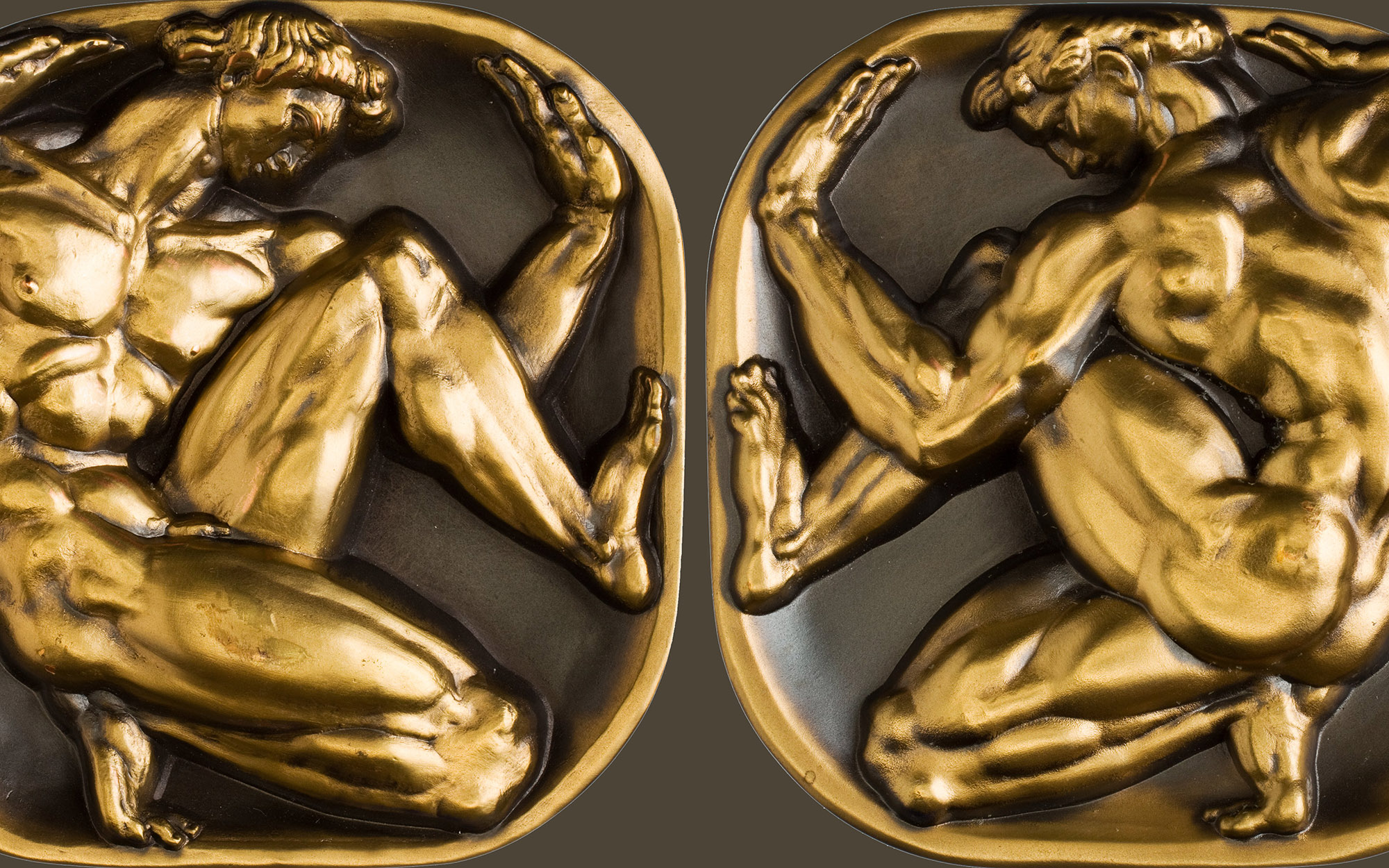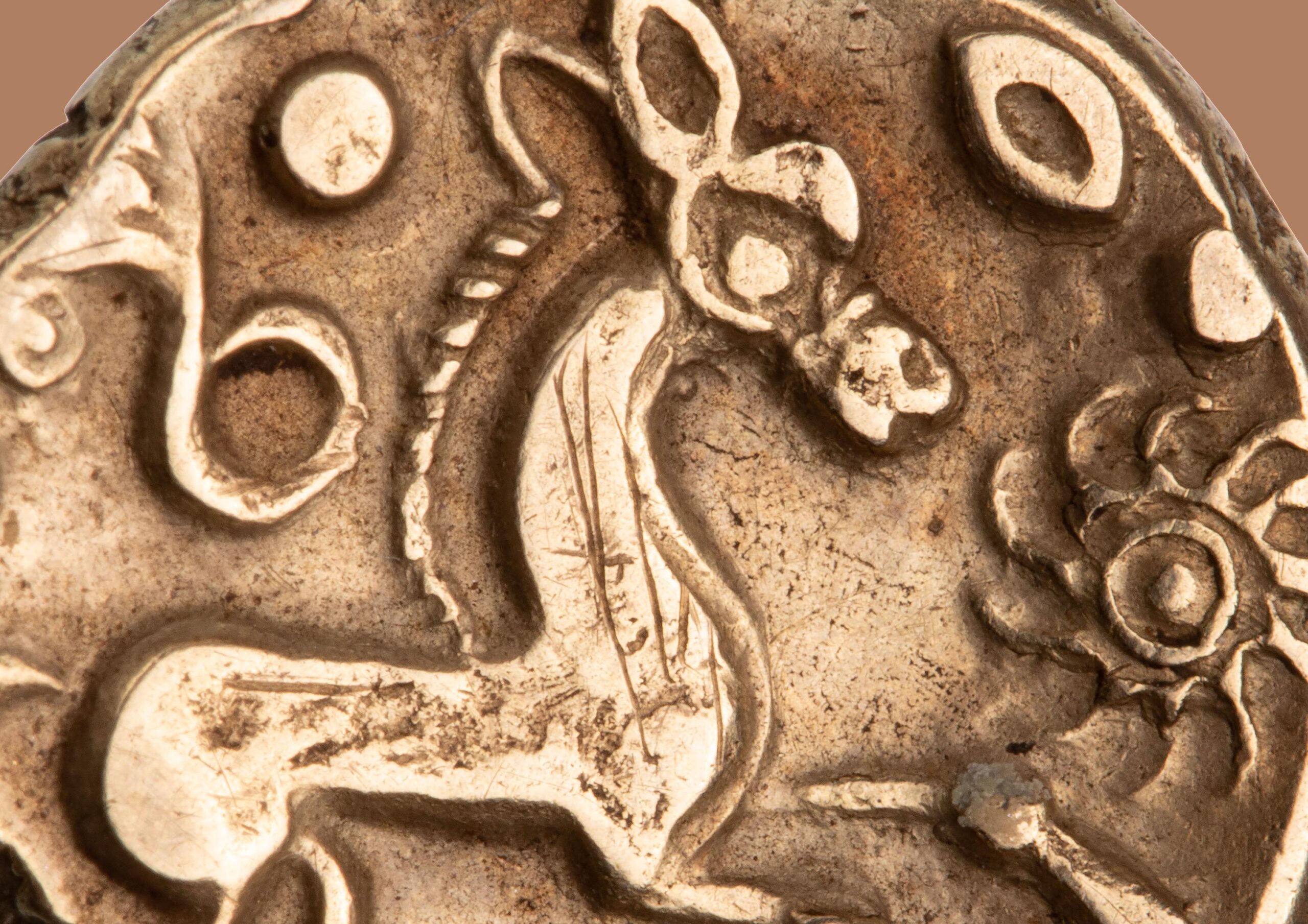Counterfeiting Continental Currency
The Irish-American printer John Dunlap of Philadelphia produced this broadside in 1778/1779 at the direction of John Gibson, the auditor general for the Continental Congress. Dunlap’s most famous printing job was undoubtedly the Declaration of Independence, the first copies of which are colloquially known today as ‘Dunlap broadsides,’ but he was also the general printing contractor for the Continental Congress. This broadside is a single sheet measuring 8″ x 16″ and its heading gives a fairly precise indication of its purpose:
DESCRIPTION OF COUNTERFEIT BILLS,
Which were done in Imitation of the True Ones ordered by the Honorable
the CONTINENTAL CONGRESS,
Bearing Date 20th May, 1777, and 11th April, 1778.

Financing the war against the British was a tricky proposition for the cash-strapped colonists, who ultimately simply printed their own paper money and embraced the convenient fiction that all of it was backed by specie. The market of course knew better, and the value of notes issued by the Continental Congress depreciated rapidly as more and more currency entered circulation. The relatively modest initial printing in May 1775 of $3,000,000 in Continental Currency was dwarfed by later emissions, like the $25,000,000 authorized by the Resolution of April 11, 1778. Continental Currency was also being devalued through the work of counterfeiters, who saw an opportunity to take advantage of the unprecedented volume of paper money circulating. For British forces and their Loyalist allies, counterfeiting was also seen as a weapon of war, as this infamous advertisement published in a newspaper from British-occupied New York City makes clear.

The advertisement promised “exactly executed” counterfeit “Congress notes” to any person traveling into the colonies, observing that a large amount had already been circulated and that there was “no Risque in getting them off.” To be fair, there were a variety of opportunists on both sides who were successfully counterfeiting Continental Currency, but British efforts were certainly more organized and systemic. How effective this was at undermining the currency and the larger American war effort remains an open question.
Part of the problem was not just how much paper money was being produced, but that it was so often poorly printed. The broadside mentions circulating counterfeits of a $6 bill dated May 20, 1777, and as you can see in the two specimens below, the genuine versions of this note were not exactly masterpieces in either design or execution. This was, notably, the first emission on which the appellation “UNITED STATES” appeared.
The so-called “nature printing” on these notes was a security feature based on the idea that the delicate lines of an impressed leaf were difficult to replicate, but here the effect is almost undetectable in the square block of ink on the reverses. The overall inconsistency of the print runs necessarily made counterfeits that much harder to detect. As the final paragraph of the broadside alludes to, letterforms were broken during the printing process, which raised alarms when comparing even genuine notes with one another. Adding quality counterfeits to the mix only sowed more confusion. Below is an animation of a transition between a genuine and counterfeit $8 note of May 20, 1777 mentioned in the broadside:

The broadside details how this counterfeit, which was engraved on a copper plate, was not quite able to replicate the quality and regularity of the letterforms in the genuine note, which was set by a printer using type. Still, as you can see, the counterfeit was certainly a reasonable facsimile of the original. While faking an eight dollar note was all well and good, a more attractive target were the higher denominations.
The $40 bill was the largest denomination of what are known as the Yorktown notes, since they were authorized by an April 11, 1778 resolution and printed in York, Pennsylvania, where the Continental Congress was temporarily residing. The broadside enumerates three separate fraudulent versions of the $40 note, which might have been the most counterfeited of the Revolutionary era. The problem was so serious that large numbers of these Yorktown notes were simply destroyed, and this is what makes them the rarest and most expensive notes for collectors today. The fiasco only further depreciated the already shaky Continental Currency, which at this point was worth only between a quarter to a third of its nominal value, i.e. one dollar of silver was worth three or four dollars of paper money. It only went downhill from there, and by the end of the war, “not worth a continental” had entered the lexicon for something regarded as worthless.
The handwritten annotation at the bottom of the broadside reads: “Permit no copy of these descriptions to be taken unless at the request of the Executive Authority of the State to be placed in confidential hands.” It was also singed by the auditor general of the Continental Congress, John Gibson, for whom counterfeit bills were clearly a pressing issue, but it’s unclear how great of an aid this rather simple but detailed descriptive list was in combating the problem. Still it does offer a fascinating window into the financial schemes that the American colonists relied on to fund the war and the machinations with which the British tried to thwart them.
For more on the paper money of the revolutionary period, see Eric P. Newman, The Early Paper Money of America (5th ed., 2008); Kenneth Scott, Counterfeiting in Colonial America (1957, reprint 2000); Philip L. Mossman, From Crime to Punishment: Counterfeit and Debased Currencies in Colonial and Pre-Federal America (2013).








